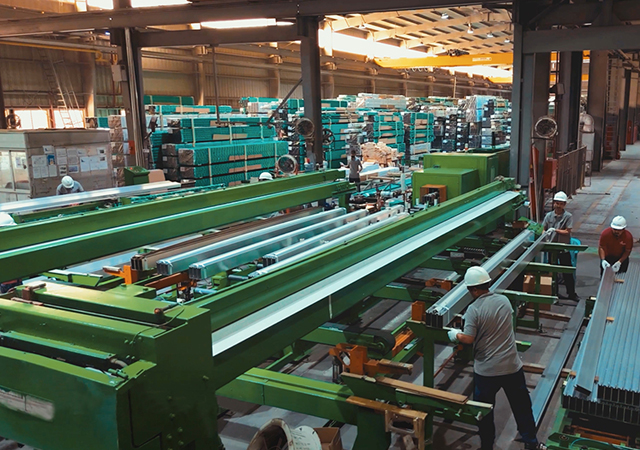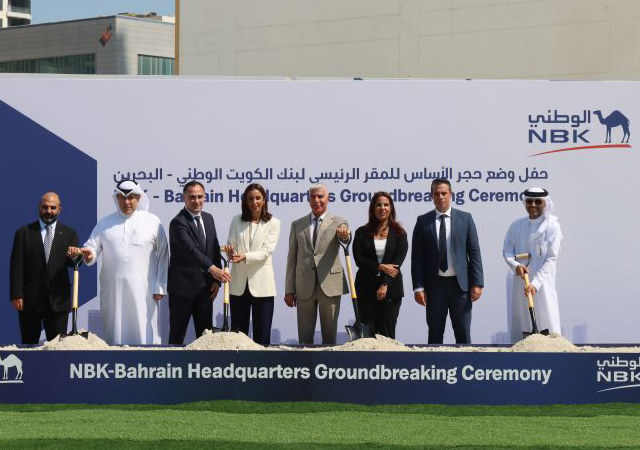
 STUART JORDAN
STUART JORDAN
In construction main contracts requiring contractor design, the contractor is usually required to be responsible for all of the design of the built asset. In rare cases, we see the project owner retain design responsibility and seek just specialist design work from the main contractor.
This is rare because, if the contractor’s design input is specialist only, they are more likely to participate as a subcontractor or specialist works package contractor, and would not be responsible for construction of the whole works.
In the usual situation, a design-build or an engineering, procurement and construction (EPC) contract is going to require the contractor to be solely responsible for the whole of the design. The main reason for this is obvious: to avoid an interface in that responsibility, with potential for a dispute as to who is liable for design defects or omissions identified later on.
Still things can go wrong, as they did for the parties in a case that recently came to the Technology and Construction Court in England. Here, Workman Properties Ltd (Workman) engaged Adi Building and Refurbishment Ltd (Adi) to carry out extension works at Workman’s dairy. They used a JCT Design and Build Contract 2016, a popular standard published form.
One well-known feature of this form is that it requires the contractor merely to “complete” the employer’s (owner’s) design. The JCT form is consistent in this regard and, to back this up, it also provides (at cl.2.11) that the contractor shall not be responsible for the contents of the Employer’s Requirements or for verifying the adequacy of any design contained within them. This is all clear but it doesn’t match the usual requirements of owners, as discussed above, so this JCT form is, therefore, routinely amended. The amendments in this case included the following:
Recital 3 recited that Adi had “examined the Employer’s Requirements” and had agreed to “accept full responsibility for any design contained in them”.
Clause 2.17.1 provided that Adi was to be “fully responsible in all respects of the design of the Works including all design work proposed by or on behalf of the Employer...forming part of the Employer’s Requirements”.
And in the Employer’s Requirements themselves, paragraph 1.4 provided that Adi were to be fully responsible for “the complete design, construction, completion, commissioning and defects rectification of the works”.
These are clear amendments, however, the kernel of the dispute lay in the later part of paragraph 1.4, which stated that “significant design has been developed to date which has been taken to end of RIBA Stage 4”.
Adi said that this statement was a warranty and an incorrect one. They said the design had not, in fact, been developed to RIBA Stage 4 and, as a result of that warranty breach, Adi claimed the additional time and cost needed to bring the employer’s design up to the “warranted” condition. Adi’s argument succeeded in an adjudication but Workman disagreed and brought the matter to court.
The court agreed with Workman that the second part of paragraph 4.1 in the Employer’s Requirements, did not amount to a warranty. The court noted that several contract amendments (including those mentioned above) were consistent and clear in seeking to place all design responsibility with the contractor; and that the statement in paragraph 4.1 is simply not sufficient to require those amended provisions to be interpreted in such a heavily-qualified way.
Making the same point in a practical way, the court noted that, if paragraph 4.1 did constitute a warranty about the level of development of the existing design, then this would involve “treating the obligation to complete the existing design and to be fully responsible for the whole design as excluding all design work up to and including the end of [RIBA] stages 4/4(i)” and that the contractor would have no obligation to “satisfy itself that it could safely, as design and build contractor, proceed straight to construction stage without checking that the existing design was sufficient and adequate for that purpose”.
The court here made an obvious logical connection: in order for the contractor to take on required responsibility for all design including, expressly, the employer’s design set out in the Employer’s Requirements (cl.2.17.1, above) the contractor must review that employer design and verify (among other things) its level of development.
The court did not seem to have trouble reaching its conclusions in this case and it would be difficult to disagree with them, although the fact remains that the contract contained an apparent conflict between the conditions and the alleged “warranty” as to the level of development of the employer’s design. Regardless of whether that statement was correct or not, it was unnecessary to include it. The level of design development would have been apparent to anyone checking it, so there was no need for commentary.
If there is a lesson here, it is to keep technical contract documents focused on providing whatever data or procedures etc the contract conditions say they will provide, and no more. Technical and commercial documents that overlap (often inconsistently) the conditions, or which are just “talkative” are avoidable hazards.
* Stuart Jordan is a partner in the Global Projects group of Baker Botts, a leading international law firm. He relocated to the group’s Dubai office last month, to better develop its construction offering in the Gulf. Jordan’s practice focuses on the oil, gas, power, transport, petrochemical, nuclear and construction industries

















.jpg)













 (1).jpg)













































